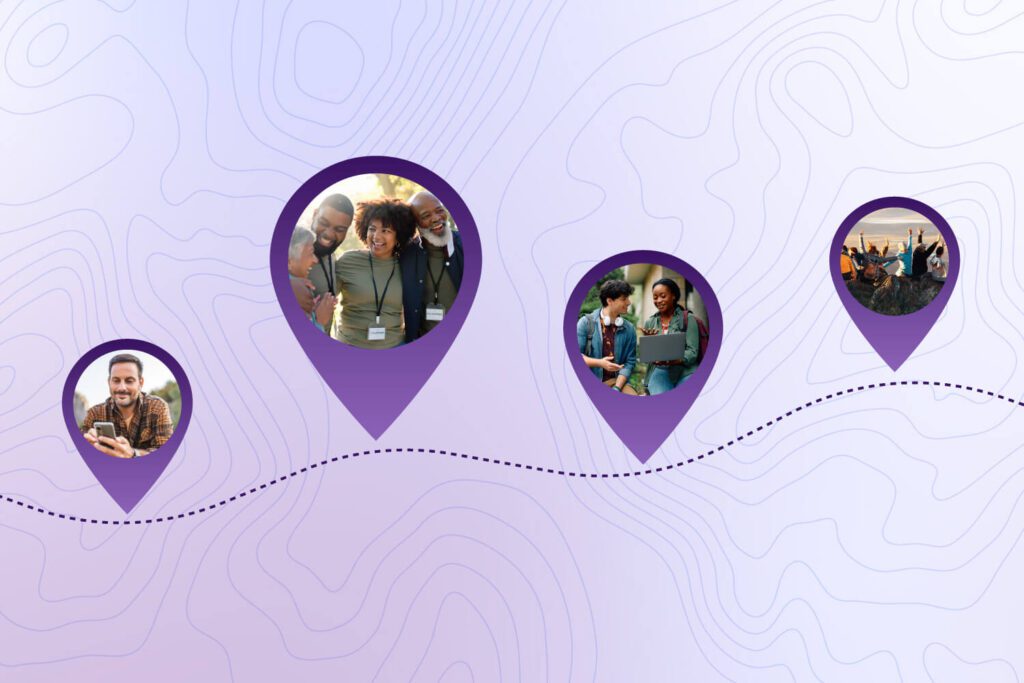Due to the prevalence of email in today’s society, your nonprofit organization likely sends regular updates and fundraising appeals to your supporters’ inboxes. According to recent fundraising statistics, about 28% of all online nonprofit revenue comes from email-based marketing and promotional campaigns.
Therefore, it’s essential to optimize your email strategy to make your messages as compelling as possible. To help your nonprofit boost its online fundraising results to new heights, we’ll discuss five essential tips for crafting your next email appeal.
1. Segment your fundraising email recipients.
One of the most effective ways to get someone to listen is to speak to them directly. Rather than sending out blanket fundraising appeals to your entire supporter base, find ways to tailor your messages to appeal to their different interests, identities, and priorities. Use the data from your supporter profiles to segment your email audience into relevant groups based on:- Past event attendance.
- Type of supporter, such as monthly donors or volunteers.
- Average giving amount and history.
- Past volunteer involvement.
- Reasons they support your purpose.
2. Include an attention-grabbing subject line.
Chances are, your prospective donors receive at least a few emails every day. Your cause may be compelling, but the key to securing funds through email depends on whether or not your audience notices your fundraising appeal. An email subject line is the first thing people notice and take into consideration when opening the messages in their inbox. Use these strategies to craft a compelling subject line and ensure your email doesn’t fall accidentally into the spam or trash folder:- Keep it short and straightforward.
- Incorporate urgent and powerful language.
- Use free online tools to test your subject line before sending.
3. Use concise wording and visuals.
Your donors could be checking their email during their lunch breaks or while lounging in their living rooms at home. Regardless of how much time or attention they have to devote to your fundraising email, ensure that all it takes is a brief glance to understand what your appeal is all about. One way to enhance the readability of your email is to incorporate visuals throughout your content. Feature your beneficiaries, spotlight some of your most committed donors, and share your organization’s impact through photos, videos, and graphics.4. Incorporate a compelling call-to-action.
Once you’ve gotten your audience to read your fundraising email, the next crucial step is to get them to take action. This is where calls-to-action (CTAs) come in. Include a clear and obvious CTA in your email so supporters understand exactly what you’d like them to do in response to your appeal. Like your visuals, this should be designed to attract your supporters’ attention. Use impactful words such as “donate” and “help” along with words of urgency like “now” or “today” to encourage immediate action. If you’re subscribed to emails from other nonprofits, take a look at their fundraising emails and look for CTAs that stand out to inspire your efforts.5. Make it easy to engage through your fundraising email.
If your CTA encourages readers to visit your donation page and make a gift, include a brightly colored “donate” button that takes them directly to the form. Since many people also access their email inboxes on their mobile phones, take the time to ensure that your donation page is mobile-friendly. This way, your potential donors can complete the giving process whenever and wherever it’s most convenient for them, regardless of what device they’re on.Optimizing your fundraising email strategy
After you’ve sent out your fundraising emails, review your email analytics regularly to measure your success and identify areas to improve in future emails. Additionally, be sure to follow up with your donors to thank them for their contributions. Beyond securing revenue for your nonprofit, a successful fundraising email can help pave the way toward stronger and longer lasting relationships with your supporters.
Ready to Get Started?




